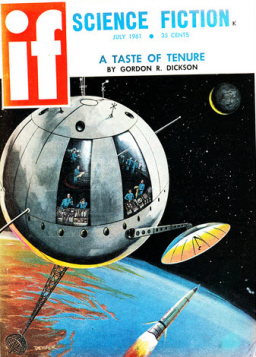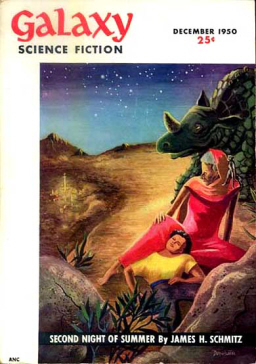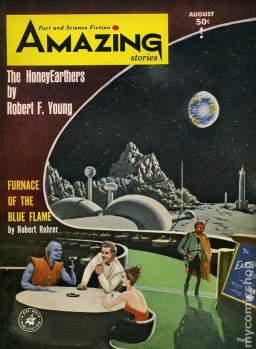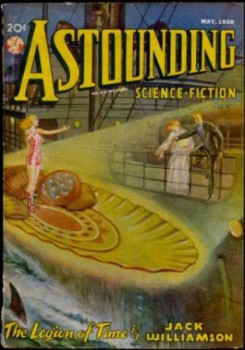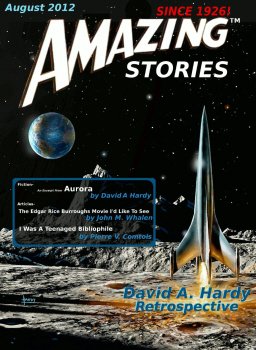March/April Fantasy & Science Fiction Magazine now on Sale
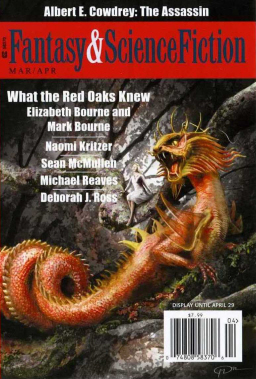 Holy cats, the latest issue of F&SF has been out for two weeks, and we haven’t covered it yet. I’m asleep at the switch. It’s only the most important fantasy magazine, period. I’ll complete this post, and then submit myself for ritual flogging.
Holy cats, the latest issue of F&SF has been out for two weeks, and we haven’t covered it yet. I’m asleep at the switch. It’s only the most important fantasy magazine, period. I’ll complete this post, and then submit myself for ritual flogging.
Let’s see what Chuck Rothman at Tangent Online thinks of this issue. Unlike us, he got his review in on time:
“Solidarity” is a bit of dystopian fiction, set in the Seastead, a group of ships that have been turned into a floating city, where anything goes. Beck is the daughter of an important official and has been kicked out and has been cut off by him. She tries to scramble around in a place where nothing is free in the name of freedom and stumbles upon a potential political plot. Beck is a great character and Naomi Kritzer portrays a chillingly realistic society… This is primarily an adventure, but the well-thought-out setting makes it an excellent read…
Andy is “The Assassin” in a story by F&SF regular Albert E. Cowdrey. He failed once when his target turned out to be a hologram and is going back to finish the job… The story follows Andy’s life and how it intertwines with Faith as he makes it through a hellhole prison to a form of happiness. The story never stops being fascinating and the characters — even the ones who might be clichés — never stop being surprising.
